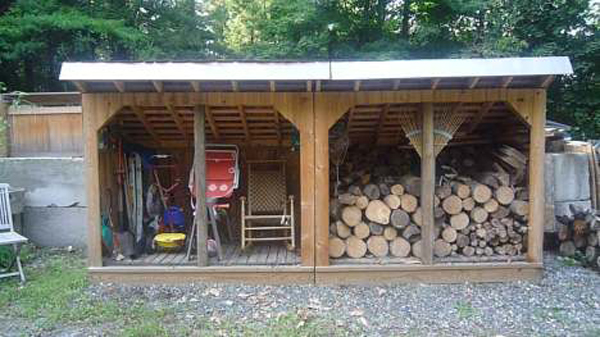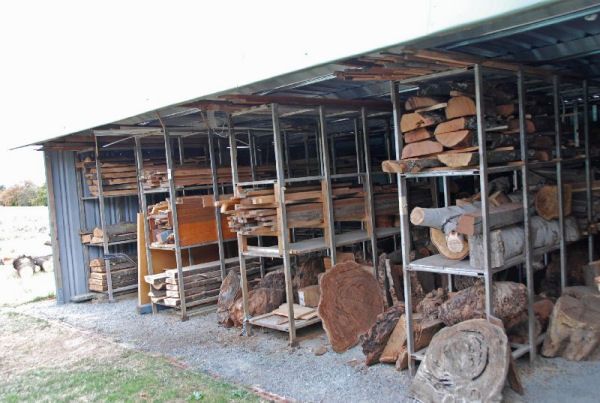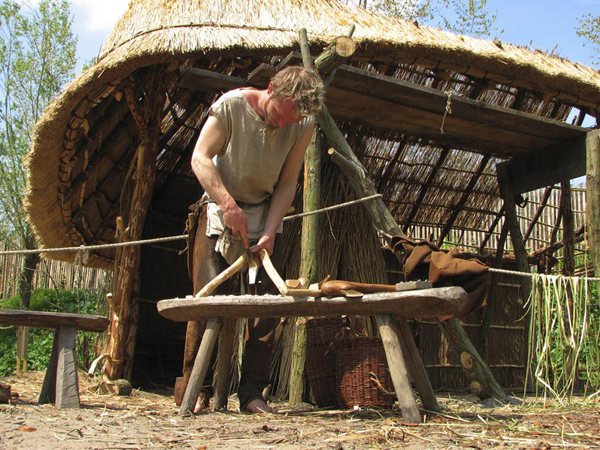
Easily overlooked and often underappreciated, the humble shed serves many purposes on homesteads and farms. Not only are sheds extremely functional, they are typically low cost, and fast and easy to build. Often they can be built in a weekend or two, easily modified or extended later, or even taken apart and the materials used for something else. To keep costs to a minimum, you can build with recycled materials or build with poles from a nearby forest. Sheds make good test structures, where you can try out new building methods at low cost and low risk to determine what works best for your situation. You can develop your skills on something small and simple, and then if it makes sense take on larger projects using what you’ve learned. Most sheds in rural areas are exempt from building codes, which is one less thing to deal with. While modern farms often have large, expensive sheds, for this article we’ll primarily consider small, less expensive sheds for do-it-yourselfers who are setting up a sustainable place in the country.

Sheds are important around a home; even more so on farms and homesteads. Homesteaders and farmers often spend much of their waking hours working in and around sheds. For instance, their main income earning business may take place in a shed. Their cars, trucks and equipment are stored and maintained in sheds. They likely have a variety of sheds for animals, animal feed and gardening. Sheds are so commonplace that many farms and homesteads consist of a home surrounded by sheds.

Practical uses for sheds include wood storage (the proverbial wood shed), livestock shelters for chickens, goats, etc. (many times the sides are enclosed for greater protection), shade structures and covered work areas (vehicle maintenance, etc.). There are car sheds/car ports, machinery sheds, tool sheds, garden sheds, potting sheds, lumber sheds, drying sheds (crops, etc.), feed sheds, hay sheds, milk sheds, simple outdoor kitchens, storage sheds, playhouse sheds and work sheds of all types.
In addition to these primary functions, sheds also serve a number of auxiliary or secondary functions such as roofwater collection (imagine how much water can be captured from all these sheds), rooftop drying space (most common in developing countries), space for solar panels and solar water heaters, wind barriers, and covered walkways (often combined with storage and work areas). Sheds can be aligned to reduce livestock fencing. Sheds are also a common place to chat with neighbors during workdays. And last but not least, utilizing sheds for work and storage may enable you to save money by building a smaller house.
Image source: Weekndr.com
Image source: Woodcraft Guild
Image source: Education Scotland
Barns, Sheds and Outbuildings book

I think this is a really cool building. I think I would rather have a much more solid shed. I have a nice project a custom designed workspace shed. There are a lot of plans out there. You can add special features as you build it.